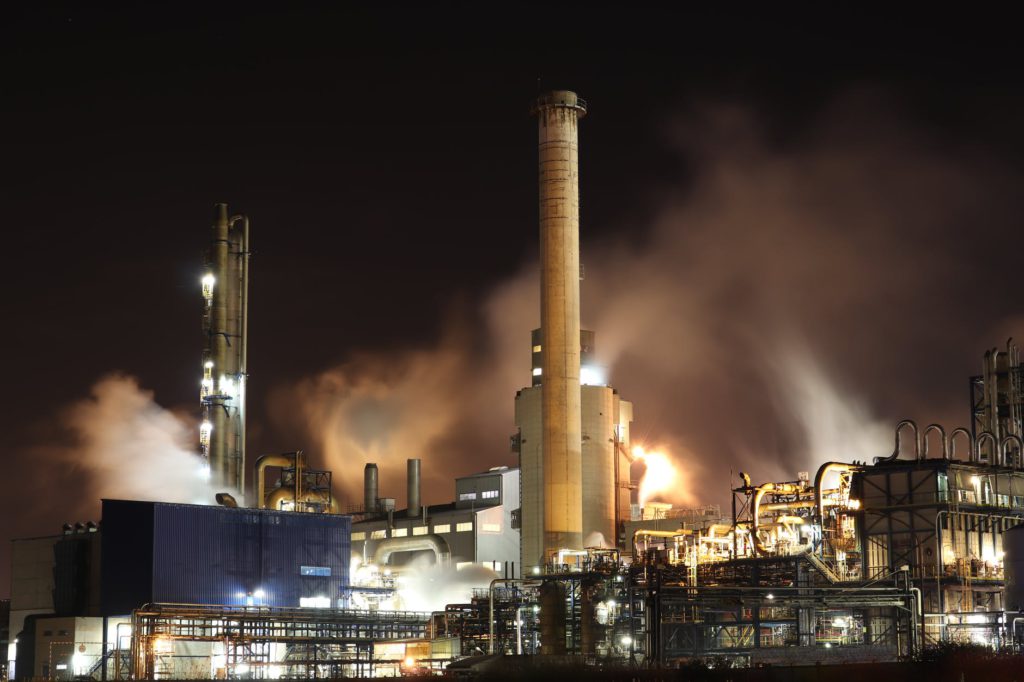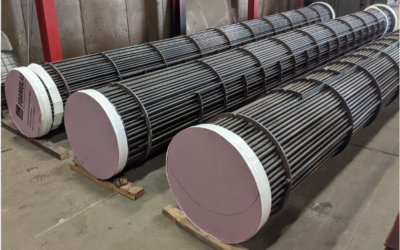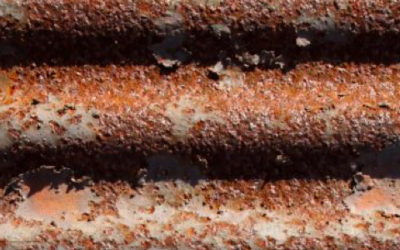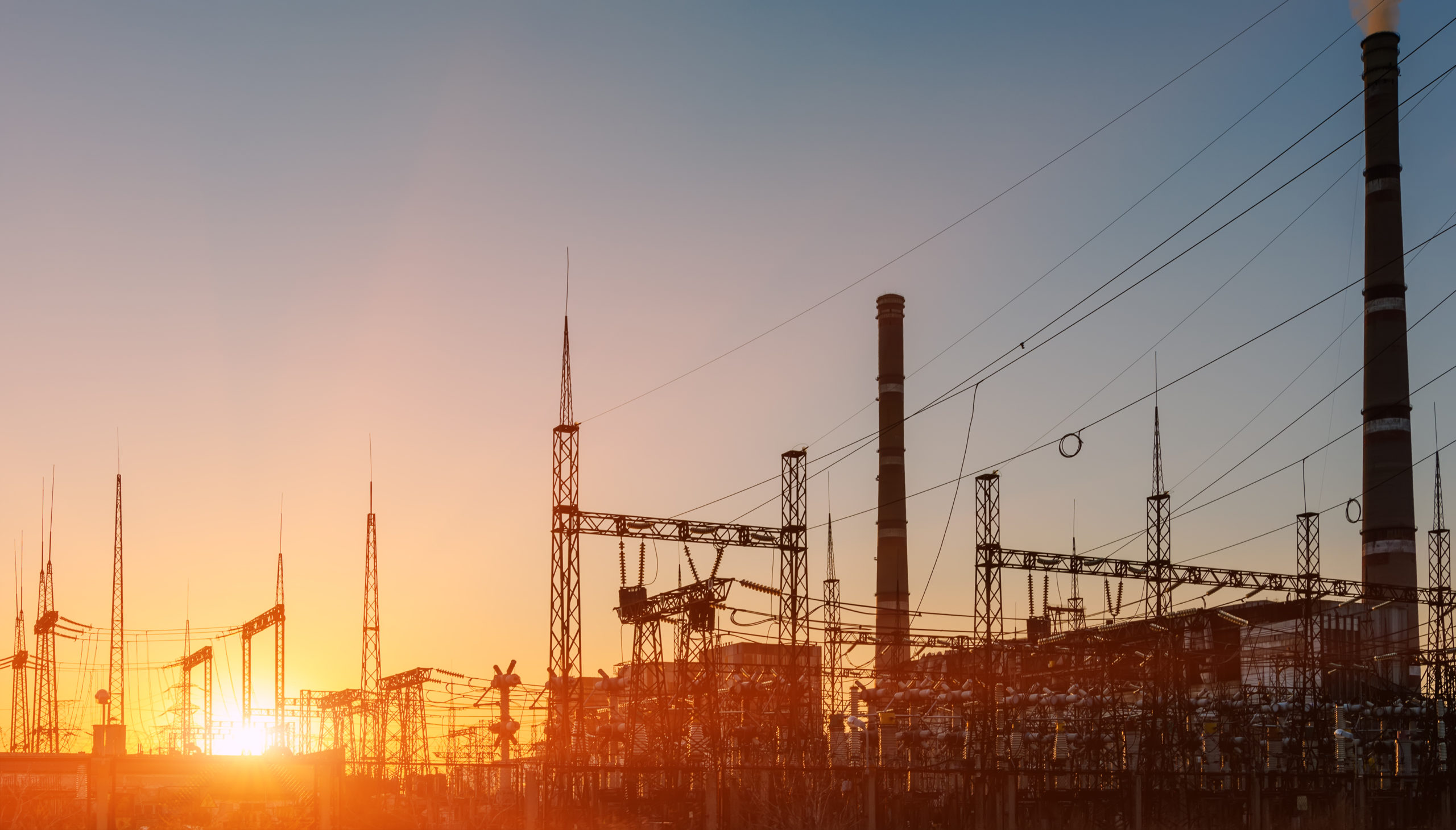Estimating CO2 Emissions from Global Refineries Due to Heat Exchanger Fouling: A Comprehensive Analysis
Introduction
Heat exchangers play a critical role in the refining industry, enabling energy transfer for various processes. However, they’re often susceptible to fouling – the build-up of unwanted material on heat transfer surfaces – which significantly hampers their efficiency. The subsequent increase in energy consumption contributes to higher CO2 emissions. This article aims to estimate the global CO2 emissions from refineries due to heat exchanger fouling, using the most recent and relevant research.
Understanding Heat Exchanger Fouling
In the context of heat exchangers, fouling is a major issue, often leading to a decrease in heat transfer efficiency and an increase in energy consumption and CO2 emissions. Fouling types can range from particulate, biological, chemical, and composite, each posing unique challenges and requiring varied mitigation strategies.
Fouling’s economic impact is substantial, leading to increased operational costs, frequent maintenance, and equipment replacement. However, the environmental implications, particularly the increase in CO2 emissions due to higher energy consumption, are also of significant concern. A study by Garde, Huusom, and Jørgensen (2012)[1] confirmed that even minor fouling in a heat exchanger can increase energy consumption by up to 10%, directly contributing to CO2 emissions.
CO2 Emissions in Refineries
Refineries are energy-intensive operations, and as such, they significantly contribute to global CO2 emissions. The International Energy Agency (IEA) reported that refineries were responsible for approximately 6% of global CO2 emissions in 2018[2].
In a refinery, heat exchangers are heavily used in processes like crude oil distillation, fluid catalytic cracking, and hydrocracking. The energy for these processes is primarily derived from the combustion of fossil fuels, leading to the emission of CO2. Thus, any reduction in heat exchanger efficiency due to fouling will require more energy, resulting in increased CO2 emissions.
Estimating CO2 Emissions Due to Heat Exchanger Fouling
Estimating the global CO2 emissions due to heat exchanger fouling in refineries is a complex task due to variations in refinery size, the type and age of equipment, and the crude oil composition. However, by considering the overall contribution of refineries to global CO2 emissions and the estimated increase in energy consumption due to fouling, a rough estimate can be made.
Using the IEA data that refineries contribute to 6% of global CO2 emissions and Garde, Huusom, and Jørgensen’s study suggesting a potential 10% energy increase due to fouling, we could estimate that heat exchanger fouling in refineries could contribute to an additional 0.6% of global CO2 emissions. However, this estimate needs to be refined further by considering the variations in energy source, the proportion of energy use by heat exchangers, and the fouling prevention and mitigation strategies in place.
Implications and Mitigation Strategies
The potential increase in CO2 emissions due to heat exchanger fouling in refineries highlights the importance of effective fouling prevention and mitigation strategies. This could include regular maintenance and cleaning, design optimization, operational parameter control, and the use of anti-fouling coatings.
Such strategies not only contribute to the reduction in CO2 emissions but also improve operational efficiency and economic performance. According to a study by Tao, et al. (2018)[3], implementation of optimal anti-fouling strategies can potentially reduce the energy consumption of heat exchangers by 20-30%, further reducing CO2 emissions.
Conclusion
Heat exchanger fouling in refineries contributes significantly to global CO2 emissions due to increased energy consumption. The mitigation of this issue thus holds great promise for both environmental protection and operational efficiency.
As the drive towards greater efficiency and sustainability continues, understanding and quantifying the environmental implications of fouling become increasingly important. While our current understanding allows us to make broad estimates, further research is needed to refine these figures and develop effective strategies for fouling mitigation.
To learn more about the right antifouling technology for your heat exchangers, feel free to contact our experts.
References:
- Garde, A. H., Huusom, J. K., & Jørgensen, S. B. (2012). Methods for handling fouling in future design of heat exchangers for complex, high-value products. “Heat Exchanger Design Handbook.”
- International Energy Agency (IEA). (2018). CO2 Emissions from Fuel Combustion.
- Tao, L., He, Q., Sun, F., & Gao, J. (2018). A comprehensive study of the fouling and cleaning of heat exchangers in the preheat train of a crude oil refinery. “Applied Energy,” 212, 1285-1295.



